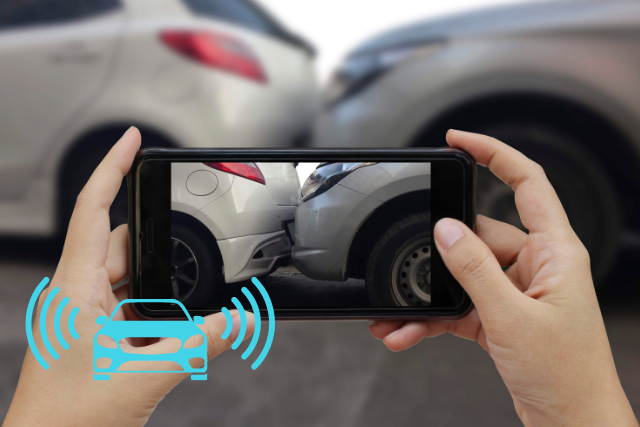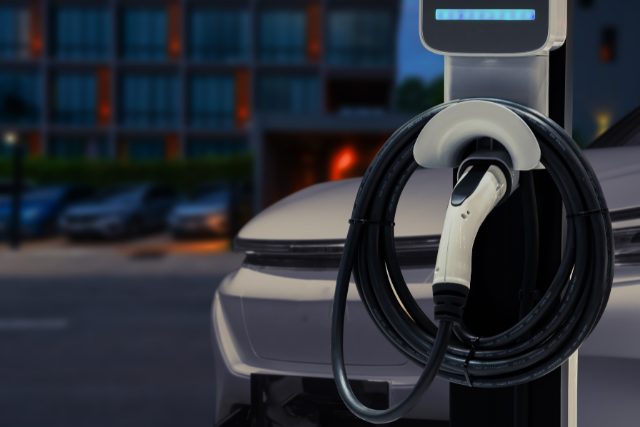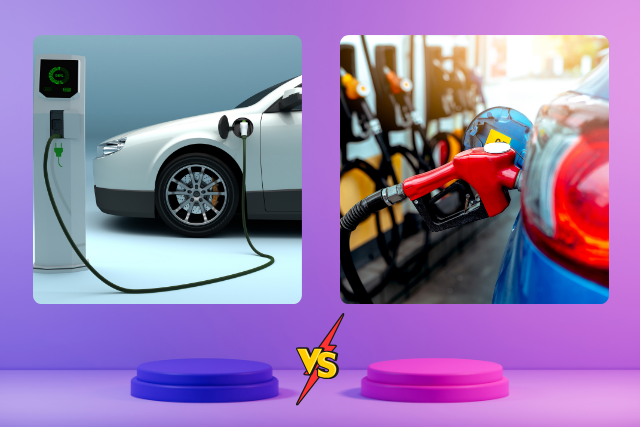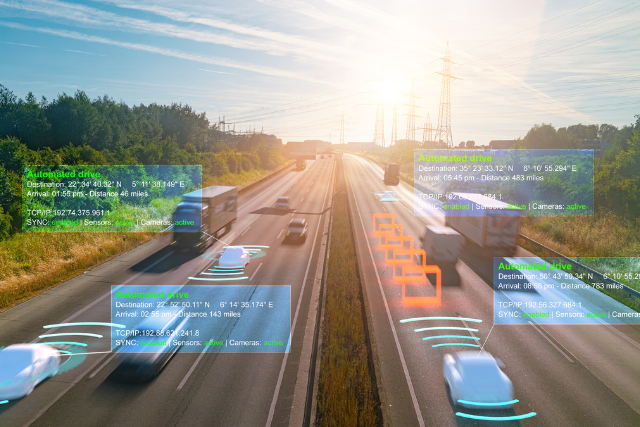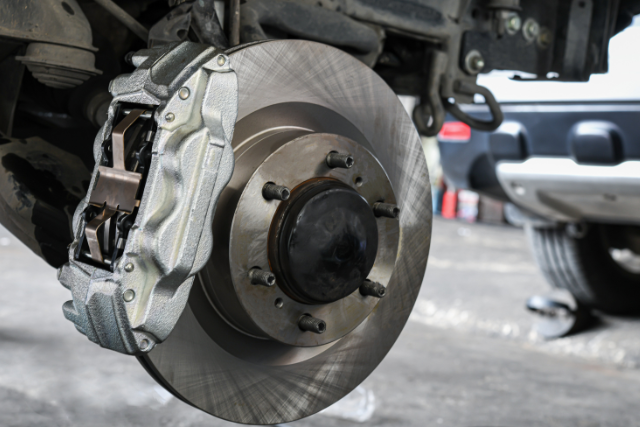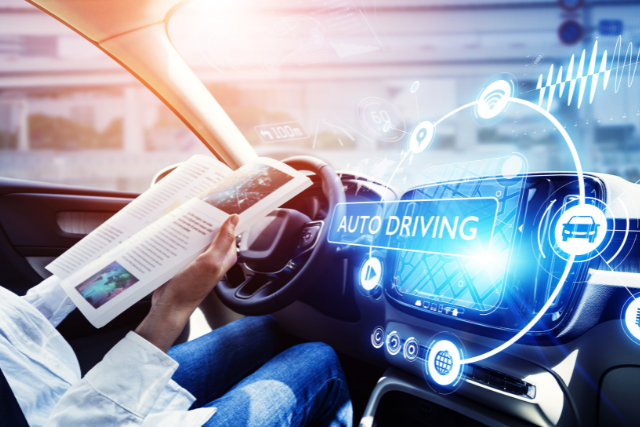Collision avoidance systems utilize a combination of sensors to detect and respond to potential hazards on the road, significantly reducing the risk of accidents. This blog explores the top 3 sensor technologies used in collision avoidance systems, their functions, and their importance in modern vehicles.
Introduction to Collision Avoidance Systems
Collision avoidance systems are designed to prevent or mitigate the severity of accidents. They use sensors to monitor the vehicle’s surroundings and employ advanced algorithms to interpret data and make real-time decisions. This technology is essential as it enhances driver safety and contributes to the broader goal of autonomous driving.
Types of Sensor Technologies
1. Radar Sensors
Radar (Radio Detection and Ranging) sensors are widely used in vehicles for their ability to detect objects over long distances and in various weather conditions. They emit radio waves that bounce off objects and return to the sensor, providing data on the object’s distance, speed, and size. This information is crucial for adaptive cruise control, blind-spot monitoring, and emergency braking systems.
2. LiDAR Sensors
LiDAR (Light Detection and Ranging) sensors use laser pulses to create a detailed 3D map of the vehicle’s surroundings. This technology offers high precision in detecting objects and their dimensions, making it invaluable for navigation and obstacle detection. LiDAR sensors are particularly effective in identifying the edges of roads and obstacles, even in low-light conditions.
3. Ultrasonic Sensors
Ultrasonic sensors operate by emitting high-frequency sound waves that reflect off nearby objects. They are commonly used for parking assistance systems, helping drivers gauge the distance to obstacles during low-speed manoeuvres. These sensors are cost-effective and provide sufficient accuracy for close-range detection.
4. Camera Systems
Cameras are an integral part of modern vehicle safety systems. They provide visual data that can be processed to identify road signs, lane markings, pedestrians, and other vehicles. With image recognition software, cameras support features like lane departure warning, traffic sign recognition, and pedestrian detection.
5. Infrared Sensors
Infrared sensors detect heat emitted by objects, which can be especially useful in low visibility conditions like fog, rain, or nighttime driving. These sensors enhance the vehicle’s ability to detect pedestrians and animals that may not be visible through standard cameras or other sensors.
Integration and Data Fusion
Modern collision avoidance systems often use a combination of these sensors to ensure comprehensive coverage and accuracy. Integrating multiple sensors, known as sensor fusion, allows the system to cross-reference data from different sources, providing a more reliable and robust detection mechanism. This process enhances the system’s ability to interpret complex driving environments accurately.
Benefits of Advanced Sensor Technologies
Enhanced Safety
The primary benefit of sensor-based collision avoidance systems is enhanced safety. By providing real-time data about the vehicle’s surroundings, these systems enable quicker and more informed decision-making, which can prevent accidents or reduce their severity.
Improved Driver Assistance
These systems also offer significant assistance to drivers, reducing the cognitive load required for tasks such as monitoring blind spots, maintaining safe distances, and navigating complex traffic scenarios. This can lead to a more comfortable and less stressful driving experience.
Contribution to Autonomous Driving
Sensor technologies are foundational to the development of autonomous vehicles. As the accuracy and reliability of these sensors improve, they bring us closer to fully autonomous driving, where vehicles can navigate and make decisions independently of human input.
Challenges and Future Directions
While the advantages of sensor technologies in collision avoidance are clear, there are also challenges to address. These include the high costs of advanced sensors like LiDAR, the need for sophisticated data processing algorithms, and ensuring system reliability in diverse environmental conditions.
Future developments in this field will likely focus on improving sensor accuracy, reducing costs, and enhancing data integration from different sensors. Advances in machine learning and artificial intelligence are also expected to play a crucial role in refining the decision-making capabilities of these systems.
Conclusion
Sensor technologies are revolutionizing vehicle safety and driving experiences. Manufacturers are developing more advanced and reliable collision avoidance systems by understanding and utilizing radar, LiDAR, ultrasonic sensors, cameras, and infrared sensors. These technologies enhance current vehicle safety features and pave the way for future innovations in autonomous driving.
FAQs
1. What is the primary function of radar sensors in vehicles?
Radar sensors detect the distance, speed, and size of objects around the vehicle, playing a crucial role in systems like adaptive cruise control and emergency braking.
2. How do LiDAR sensors differ from radar sensors?
LiDAR sensors use laser pulses to create a detailed 3D map of the surroundings, providing high precision in detecting objects’ dimensions. In contrast, radar sensors use radio waves and are effective in various weather conditions.
3. What role do ultrasonic sensors play in collision avoidance?
Ultrasonic sensors are typically used for parking assistance, helping drivers gauge distances to nearby obstacles during low-speed manoeuvres.
4. Can camera systems in vehicles detect pedestrians?
Yes, cameras can detect pedestrians and other road users, contributing to safety features like pedestrian detection and lane departure warnings.
5. Why are infrared sensors valuable in collision avoidance?
Infrared sensors detect heat from objects, enhancing visibility and detection in low-light and poor weather conditions, such as fog or nighttime driving.
6. How does sensor fusion benefit collision avoidance systems?
Sensor fusion integrates data from multiple sensors, providing a more comprehensive and accurate assessment of the vehicle’s surroundings and improving the reliability and effectiveness of collision avoidance systems.

